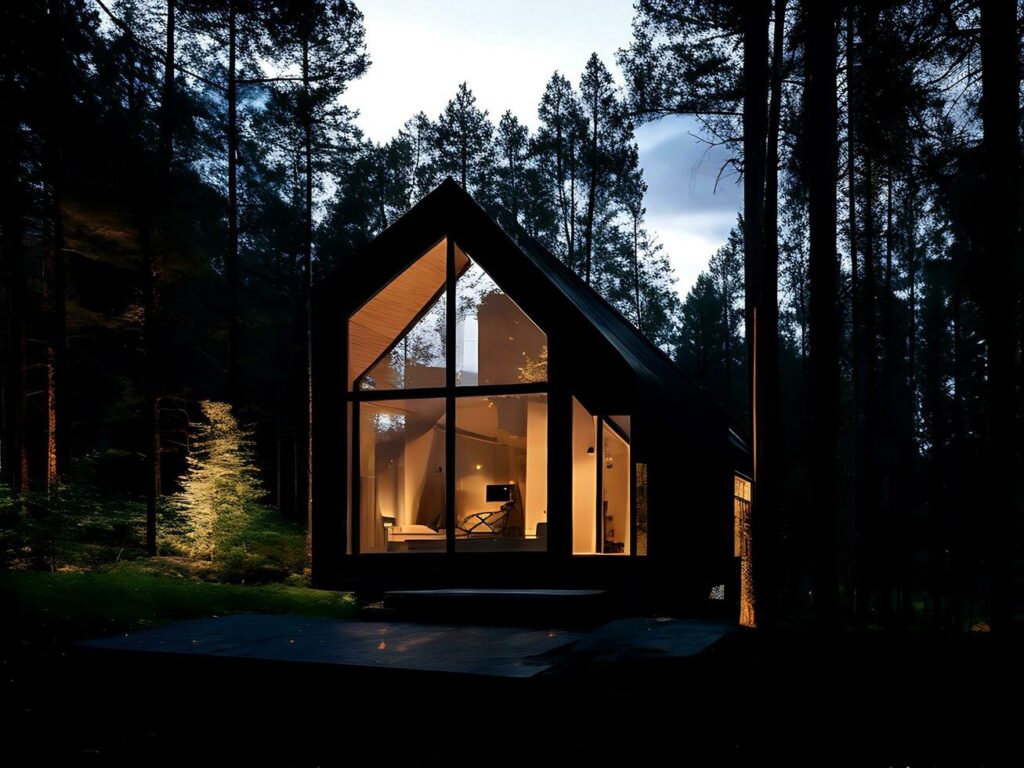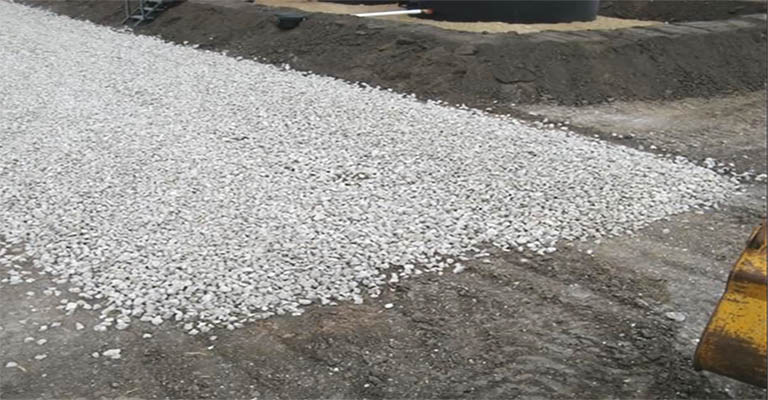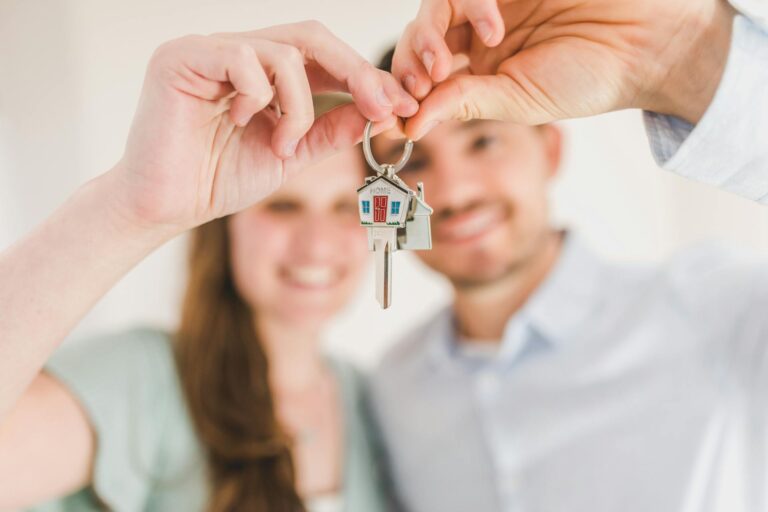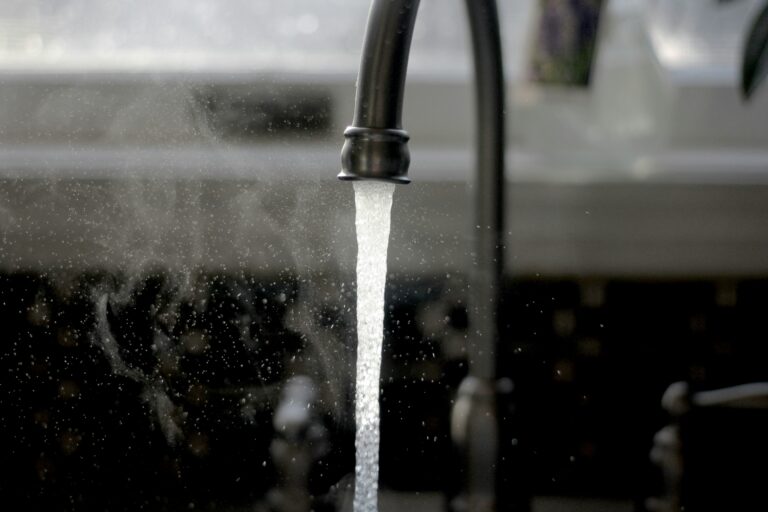The Rise of the Modern Cabin: Embracing Nature in Style

In a world where the hustle and bustle of urban life dominate our days, the allure of nature and tranquility becomes ever more enticing. This growing desire for a peaceful retreat has given rise to the popularity of modern cabins.
Far from the rustic log homes of old, these contemporary structures blend luxurious comfort with cutting-edge design, all while paying homage to their natural surroundings.
The Evolution of Cabin Design
Traditional cabins, known for their simplistic wooden structures, have been transformed into modern masterpieces. Architects are now fusing minimalist design principles with sustainable materials to create cabins that are not just homes but works of art. Large glass windows, uncluttered interiors, and open-plan living spaces are hallmarks of this new cabin ethos. These design choices are not merely aesthetic; they also serve to blur the lines between indoor and outdoor living, allowing residents to immerse themselves in nature without forgoing modern comforts.
Sustainability at the Forefront
A key aspect of modern cabin design is its focus on sustainability. Eco-friendly materials, energy-efficient appliances, and renewable energy sources are often integral to these buildings. Many modern cabins are designed to have a minimal environmental impact, using solar panels for energy, rainwater harvesting systems, and even geothermal heating. This commitment to sustainability is not just about being environmentally conscious; it reflects a deeper desire to live in harmony with the natural world.
The Role of Technology
Modern cabins are often equipped with the latest technology. From smart home systems that allow for remote control of lighting, heating, and security, to high-speed internet that ensures connectivity in even the most remote locations. This integration of technology ensures that these cabins offer the perfect balance between escapism and convenience.
Location, Location, Location
The beauty of modern cabins often lies in their settings. Nestled in forests, perched on mountainsides, or overlooking tranquil lakes, these homes are designed to maximize the natural beauty of their locations. Large decks, outdoor hot tubs, and fire pits are common features, allowing residents to fully enjoy their picturesque surroundings.
The Psychological Benefits
There’s a growing body of research suggesting that spending time in nature can have significant mental health benefits. Modern cabins, with their focus on bringing the outdoors in, offer a unique opportunity to reap these benefits. They provide a sanctuary from the stresses of everyday life, a place where one can unwind, reflect, and reconnect with nature.
A New Era of Rural Tourism
Modern cabins are also at the forefront of a new trend in tourism. They offer a luxurious yet authentic way to experience the wilderness. Many of these cabins are available for short-term rentals, providing a unique option for travelers seeking a blend of adventure and comfort. This trend is not just good for individuals looking to escape the city; it’s also beneficial for rural economies.
Design for the Future
As we look to the future, the trend towards modern cabins is likely to continue. They represent a growing desire for a more sustainable, connected way of living. They are a testament to our ability to create spaces that are both beautiful and respectful of the environment.
Incorporating Local and Personal Touches
One of the charms of modern cabins is their ability to reflect local culture and craftsmanship. Many cabin owners and designers incorporate local woods, stones, and other natural materials into their designs, adding a layer of regional identity and authenticity. This local flavor extends to the interior décor as well, where artisans’ works and regional motifs can be prominently featured, connecting the space with its cultural roots.
Personalization and Customization
The modern cabin is not a one-size-fits-all solution; it is often a canvas for personal expression. Owners have the opportunity to customize their cabins to reflect their personality and lifestyle. From choosing eco-friendly materials to selecting unique architectural features like retractable walls or rooftop gardens, these homes can be tailored to meet individual needs and preferences.
Community and Connectivity
Despite their often secluded locations, modern cabins are increasingly becoming centers of community and connectivity. Some are designed to be part of larger eco-villages or sustainable communities, offering shared amenities like organic farms, community centers, and recreational facilities. This trend speaks to a growing desire not just for retreat, but for a more communal and connected way of living.
Challenges and Considerations
While the allure of modern cabins is undeniable, there are challenges to consider. Issues such as land rights, environmental regulations, and access to utilities can be significant hurdles. Additionally, the cost of building a modern cabin, especially with high-end materials and technology, can be substantial. Prospective cabin owners must navigate these challenges thoughtfully, balancing their dreams with practical realities.
The Future is Green and Smart
Looking ahead, the future of modern cabins is likely to be even greener and smarter. Innovations in green building materials, renewable energy, and smart home technology will continue to push the boundaries of what’s possible. We can expect to see cabins that are not only energy-neutral but energy-positive, contributing power back to the grid. Similarly, advancements in smart home technology will make these spaces even more responsive and connected to their inhabitants’ needs.
Conclusion
Modern cabin plans have revolutionized the concept of a cozy retreat. Be it a sprawling mountain cabin or a compact prefab cabin, the emphasis on contemporary design seamlessly blends functionality and aesthetics. The charm of a tiny cabin with its efficient use of storage space and a cleverly designed sleeping loft offers a unique solution for those dreaming of a minimalist lifestyle. For those yearning for a more traditional feel, log cabins continue to captivate with their timeless appeal.
Each dream cabin, whether a modern structure or a classic log cabin, is a testament to the creativity and innovation in today’s architectural designs. The incorporation of elements like a sleeping loft, ample storage space, and open living areas ensures that each square foot is utilized efficiently, making these cabins ideal for a family retreat or a solitary sanctuary. The role of companies like Float Architectural Research in crafting these modern dwellings cannot be understated. Their expertise in blending interior design with the surrounding forest and landscape elevates the concept of a cabin to new heights.
The use of natural light, eco-friendly materials, and modern design principles creates spaces that are not only visually stunning but also deeply connected to their environment. The result is a harmonious blend of the cabin with the surrounding landscape, making each square foot of these contemporary cabins an ode to both modern architecture and the beauty of nature. This thoughtful approach to design ensures that whether you’re in a tiny cabin nestled in the woods or a luxury family retreat, the experience is always immersive and deeply fulfilling.






